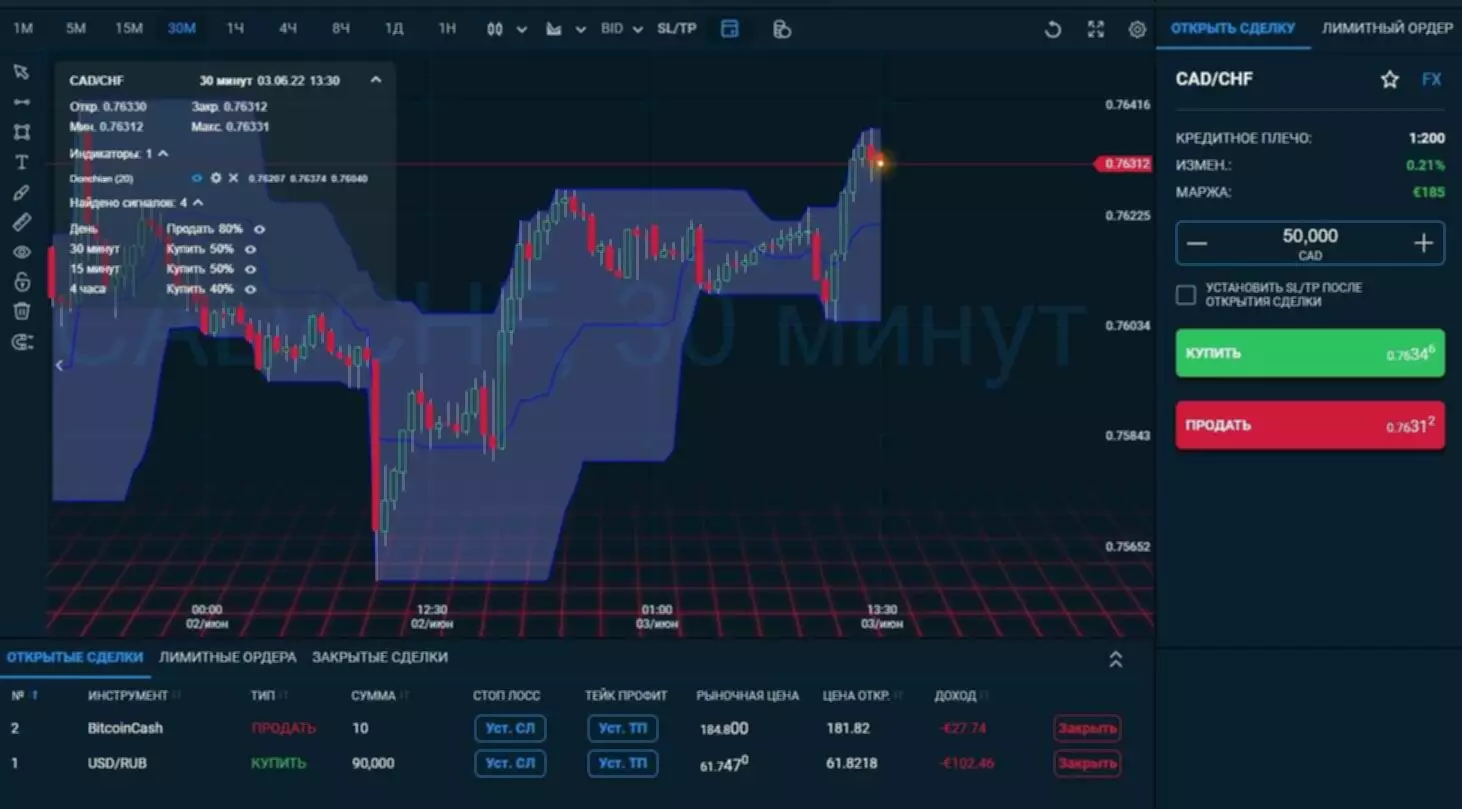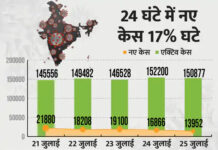Content
As earlier mentioned, rising wedge patterns hint towards a bearish market. When the wedge aligns itself with the current trend, the probability is on the side of a market reversal. Next, we will need to wait for the price action to cross below the lower Bollinger band. This would confirm the set up for the falling wedge based on our trading rules described. If you look closely, you can see the hammer candle that clearly broke below the lower Bollinger band.
The two trend lines are drawn to connect the respective highs and lows of a price series over the course of 10 to 50 periods. The lines show that the highs and the lows are either rising or falling at differing rates, giving the appearance of a wedge as the lines approach a convergence. Wedge shaped trend lines are considered useful indicators of a potential reversal in price action by technical analysts.
One sound strategy would be to place orders during price moves above the first point of a falling wedge, or slides under the starting point of a rising wedge. Besides wedges, there are a few patterns that share similar characteristics, which makes it hard to distinguish between them, namely, pennants and triangles. With pennants, the trend lines converge to form a symmetrical conical shape, compressing price volatility as they meet. An essential characteristic of a pennant is the flagpole, which is depicted by a vertical line formed by a tall bullish or bearish candlestick at the beginning of the pennant.
Active Trading Blog
Although the rising wedge pattern is one of the traders’ favorites among chart reading tools, it doesn’t go without shortcomings. A trader’s success with wedges will vary depending on their win rate, risk-management controls and risk/reward over many wedge trades. Since there are many potential ways to trade wedges, some may use a trailing stop-loss, small stop-loss, large stop-loss, small profit target or large profit target. It is up to each trader to determine how they will trade the pattern. If the potential reward is less than the risk, it will be more difficult to make money over many trades, since losses will be bigger than profits. When a rising wedge occurs in an uptrend, it shows slowing momentum and may forecast a future drop in price.
As we discussed, the wedge pattern can appear as a reversal pattern or as a continuation pattern. In our discussion here, we have focused on the reversal wedge pattern for the most part. This was done intentionally because the reversal variation offers the best tradable opportunities as it relates to this formation. A well-defined falling wedge formation can be seen on the price chart, which is sloped downward and occurs after a prolonged price move to the downside.
Wedge patterns can be difficult to recognize and trade effectively since they often look much like background trading activity on charts. Like head and shoulders, triangles and flags, wedges often lead to breakouts. In the case of rising wedges, this breakout is usually bearish. Here, a common strategy for placing your stop loss is to put it just below the market’s previous high – the last time it tested resistance. Then, if the pattern fails, your position is closed automatically.
In our crypto guides, we explore bitcoin and other popular coins and tokens to help you better navigate the crypto jungle. She has worked in multiple cities covering breaking news, politics, education, and more. Her expertise is in personal finance and investing, and real estate.
Web Trader platform
In the case where the falling wedge pattern occurs within an overall uptrend, and can be seen as moving against the uptrend, it would be considered a continuation pattern. In either case the breakout should occur to the upside and lead to higher prices. It should what does a falling wedge indicate be noted, however, that the intensity of the price movement higher will often be much more pronounced when the falling wedge pattern is a reversal pattern. Before we speak about the rising wedge pattern precisely, we’ll provide a wedge pattern definition.
Then, if the previous support fails to turn into a new resistance level, you close your trade. One advantage of trading any breakout is that it should be clear when a potential move has been invalidated – and wedge trading is no different. Wedges can be tricky to identify since the trend preceding the formation of the wedge can be encompassed partially or entirely within the wedge itself. As the trading price range narrows as the wedge progresses, trading volume should decrease. A good rule of thumb is to place your stop at the market’s last significant low – the last time it bounced off the resistance line that forms the bottom of the pattern.
What Is Basis Trading? Profit From The…
The usage of this pattern requires fast reaction and decision-making. Some consider that if the price touches the support and resistance lines at least twice each, the wedge pattern is confirmed. If the price reaches one of these levels three times, it is enough for some to validate the pattern as a wedge. A stochastic has been added to the falling wedge in the USD/CAD price chart below.

In many instances, holding a position over a long period can prove quite profitable, but deciding when to exit after the long hold is also crucial. The area of the wedge breakout then serves as a resistance line on a subsequent rally. Note that the volume on the bearish breakout is relatively low in this continuation move, although it is still higher than the trading volume in the days prior to the breakout. The first thing to know about these wedges is that they often hint at a reversal in the market. Just like other wedge patterns they are formed by a period of consolidation where the bulls and bears jockey for position. The falling wedge pattern can be a great tool for trading cryptocurrencies.
How to trade a Double Top pattern?
The true breakout is a bearish reversal, as expected for rising wedges, and comes on high trading volume. To trade the descending wedge pattern, you’d look to open a buy position once the market breaks through support, in order to take advantage of the resulting bullish price action. However, a break out doesn’t necessarily mean that an uptrend is definitely on the way – so you’ll want to pay attention to your risk management too. An ascending triangle is a chart pattern used in technical analysis created by a horizontal and rising trendline.
Bitcoin also recently fell off a rising wedge that had been forming since the first week of September. The breakout level of around $52,900 pushed BTC off a cliff to the $45,380 level after a mild protest of the bulls near the resistance. Wedges are not a rare sight and can be expected to be formed regularly. Moreover, they are relatively easier to study and reasonably accurate in their signals.
- You can apply the general rule here – first is that the former levels of support will become new resistance levels, and vice versa.
- Similar to the breakout strategy we use here at Daily Price Action, the trade opportunity comes when the market breaks below or above wedge support or resistance respectively.
- The consolidation part ends when the price action bursts through the upper trend line, or wedge’s resistance.
- Note that pennants differ from symmetrical triangles because they do not possess the flagpole at the start of the pattern.
- Alternatively, you can use the general rule that support turns into resistance in a breakout, meaning the market may bounce off previous support levels on its way down.
- The wedge pattern is a popular chart formation used by many technical traders.
- Look for a series of lower highs and lower lows that converges into a point.
Rising wedges don’t just look like the opposite of falling ones. They signify the opposite price action too, with the upward momentum of the pattern itself set to turn into a renewed downtrend if the market breaks down through support. One of the key features of the falling wedge pattern is the volume, which decreases as the channel converges. Following the consolidation of the energy within the channel, the buyers are able to shift the balance to their advantage and launch the price action higher.
Wedge Chart Pattern
In this article, we’ll discuss what the falling wedge pattern is, how to identify it and use it on Redot. A chart formation is a recognizable pattern that occurs on a financial chart. How the pattern performed in the past provides insights when the pattern appears again.
Placing your stop loss on a falling wedge
You should consider whether you understand how this product works, and whether you can afford to take the high risk of losing your money. 75% of retail investor accounts lose money when trading CFDs with this provider. You should consider whether you understand how CFDs work and whether you can afford to take the high risk of losing your money.
The consolidation part ends when the price action bursts through the upper trend line, or wedge’s resistance. Broadening wedges are a less common variation of the wedge pattern formation. Within broadening wedges the price action expands rather than contracts.
Sometimes they may occur with great frequency, and at other times the pattern may not be seen for extended periods of time. Once the price has broken out, it will sometimes come back to retest the old trendline of the wedge. The following is a general trading strategy for wedges and should not be followed dutifully. It can be customised based on how far the trader thinks the price may run following a breakout and how much they wish to risk. Larger stop-losses have a smaller chance of being reached than smaller stop-losses, while larger targets have less of a chance of being reached than smaller targets.
Start wedge pattern trading
A wedge is a common type of trading chart pattern that helps to alert traders to a potential reversal or continuation of price direction. Whether the price reverses the prior trend or continues in the same direction depends on the breakout direction from the wedge. Wedges are a useful chart https://xcritical.com/ pattern to understand because they are easy to identify, and departures from a previous pattern may present favourable risk/reward trading opportunities. Wedges, pennants, and triangle patterns resemble each other, but their key differences lie in the direction of their trend lines.
“Every Candlestick Patterns Statistics”, the last trading book you’ll ever need!
Elliott wave traders will recognize the technical wedge formation as an ending diagonal. The support and resistance levels in the falling wedge go down, with the resistance slope at a sharper angle. In contrast to the rising wedge pattern, the falling wedge is a bullish signal in the increasingly weakening downtrend. If you are waiting for the price to rise, you should pay attention to the higher trend line. When some traders see that the falling wedge formation is taking place, they already expect the price to go down before the support and the resistance lines will cross.





















